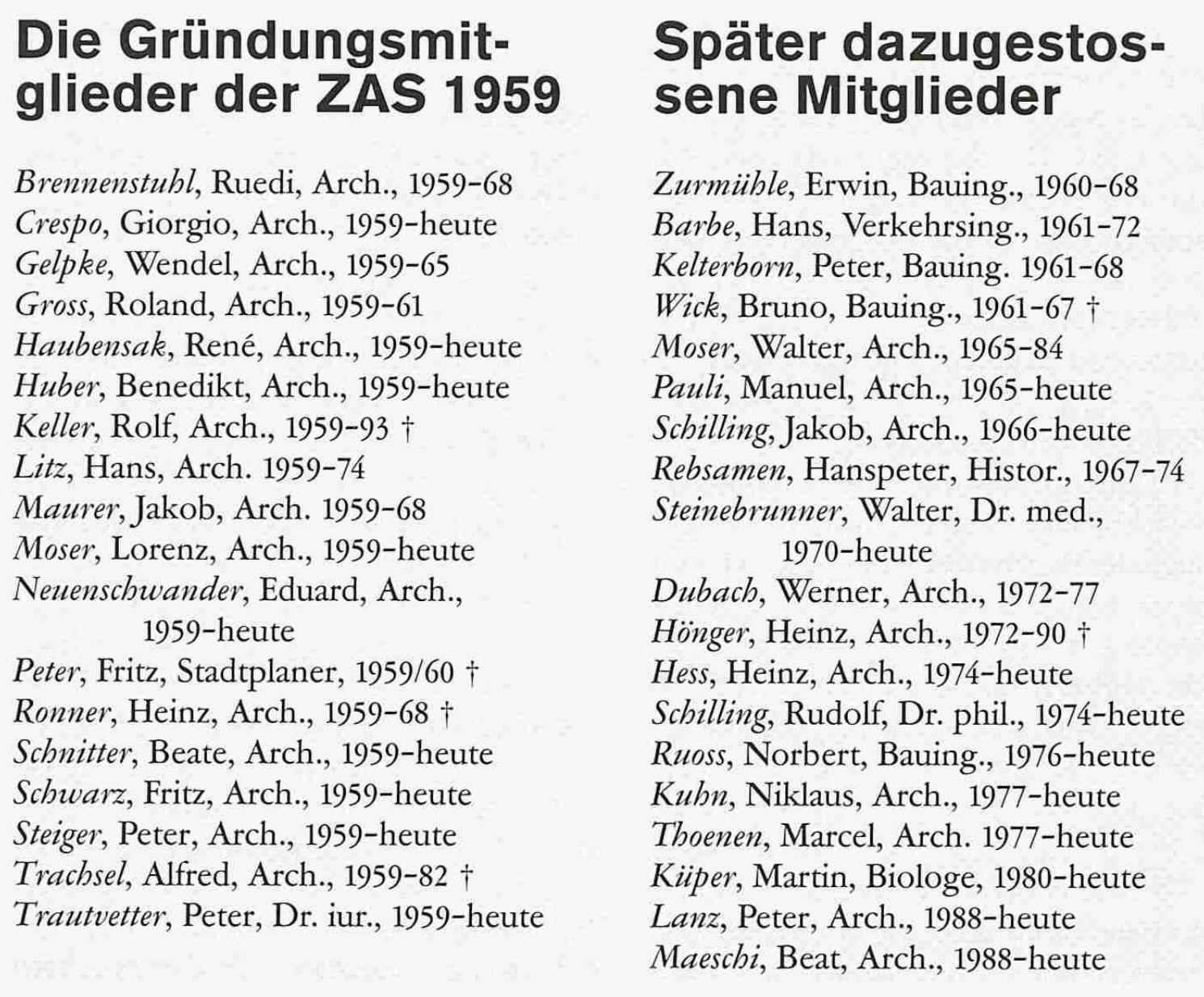
Member List ZAS
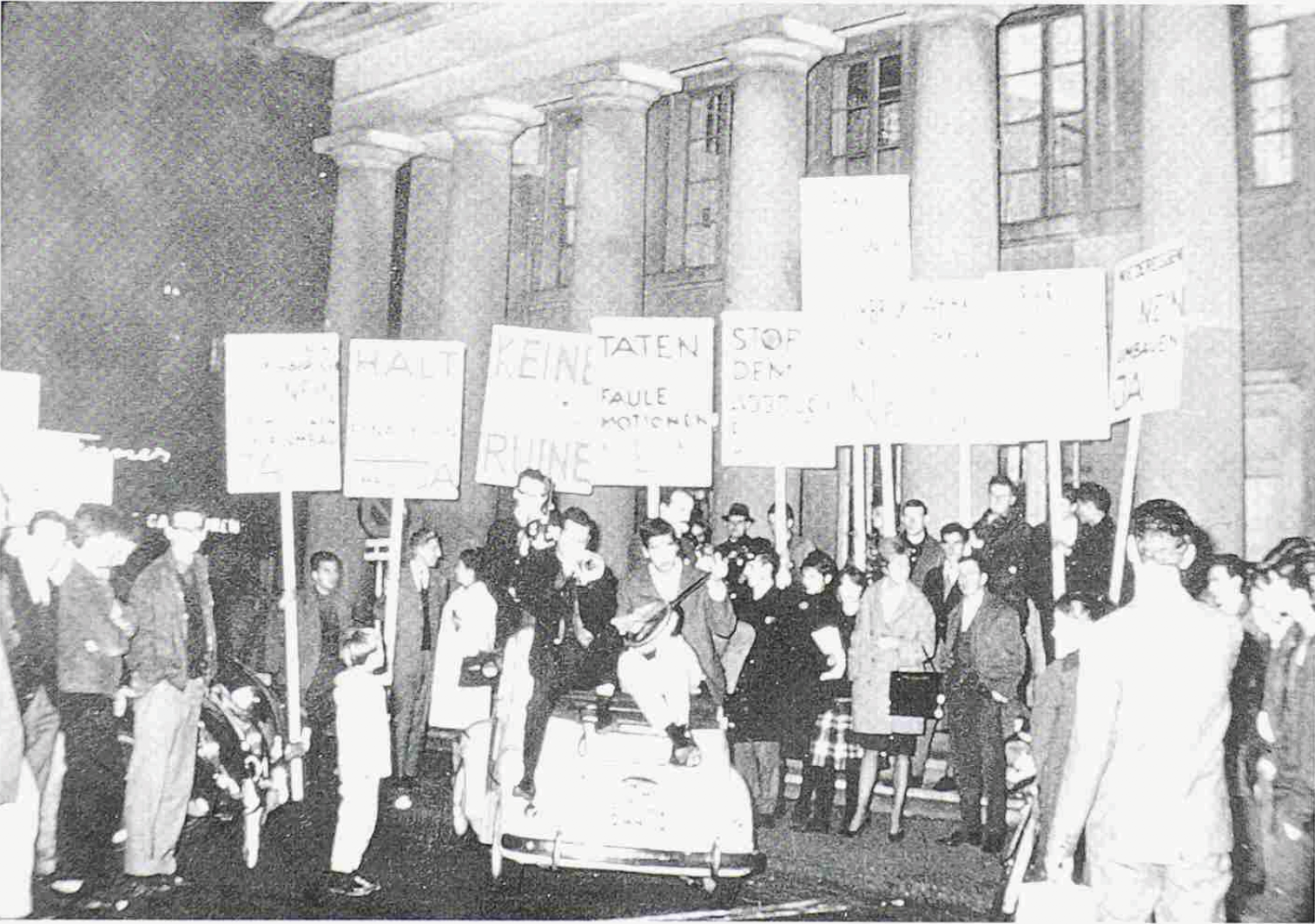
Demonstration by the ZAS for the conservation of the "Fleischhalle" in autumn 1960
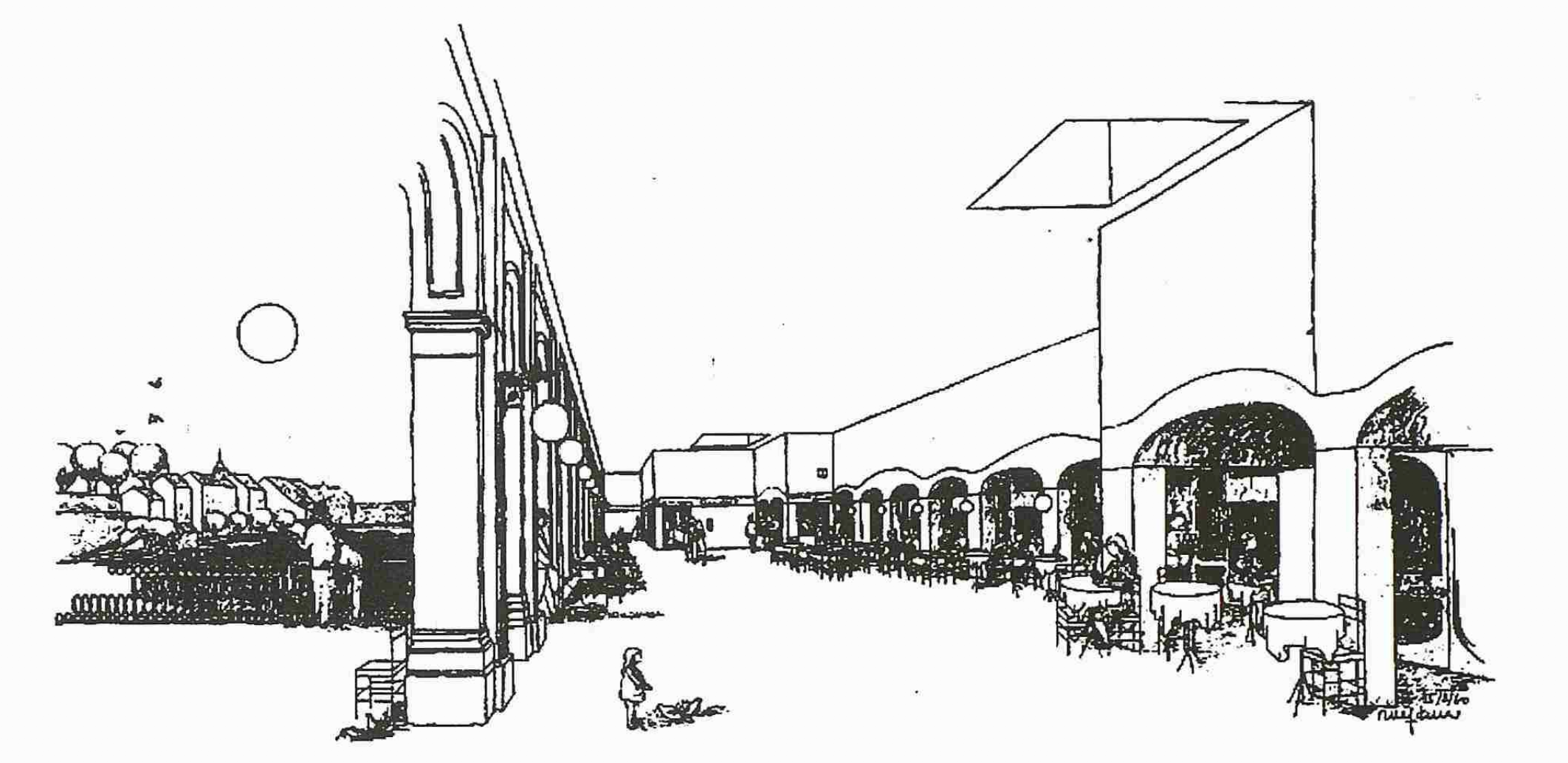
ZAS counter proposal for the „Fleischerhalle“
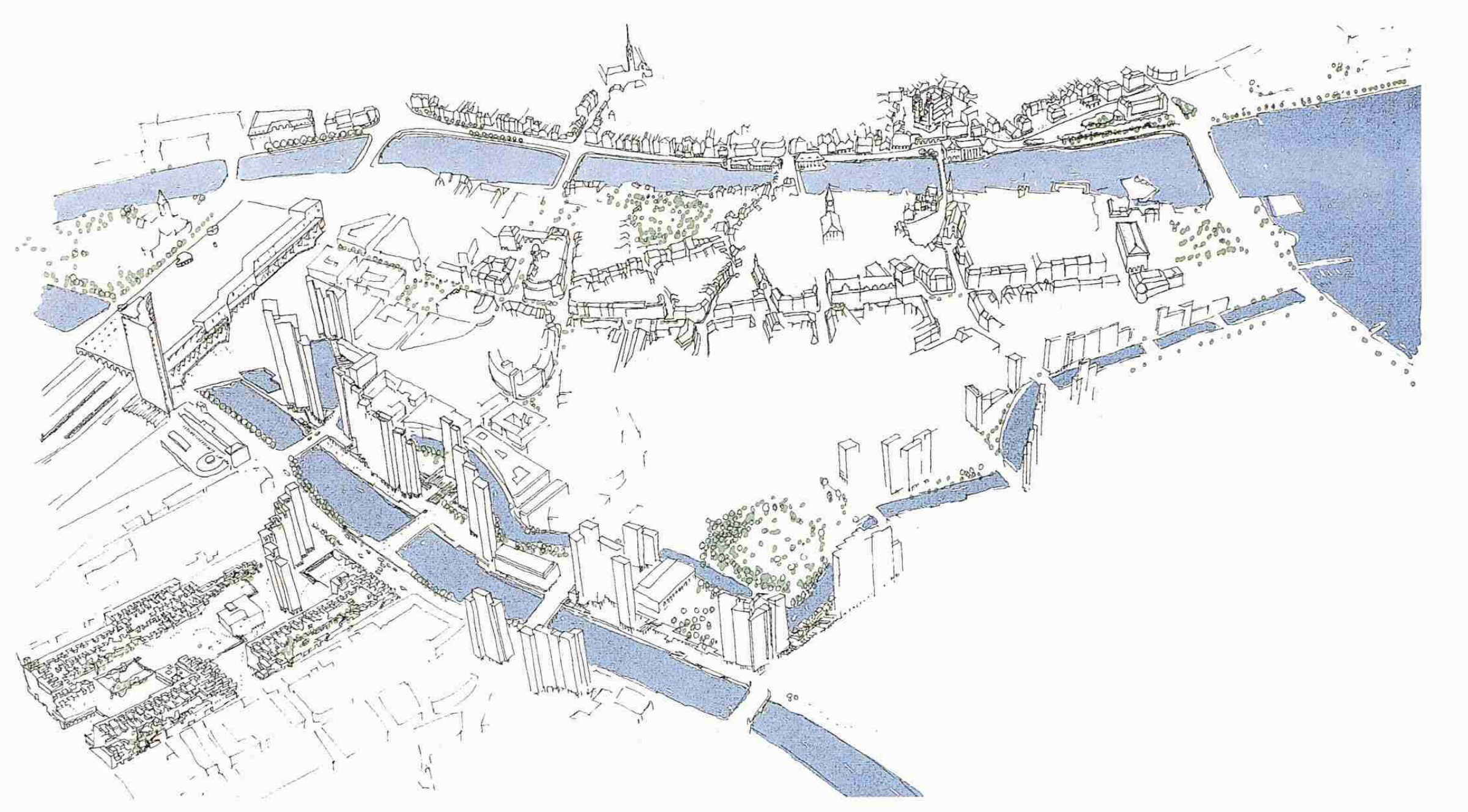
ZAS project, Sihl redevelopment
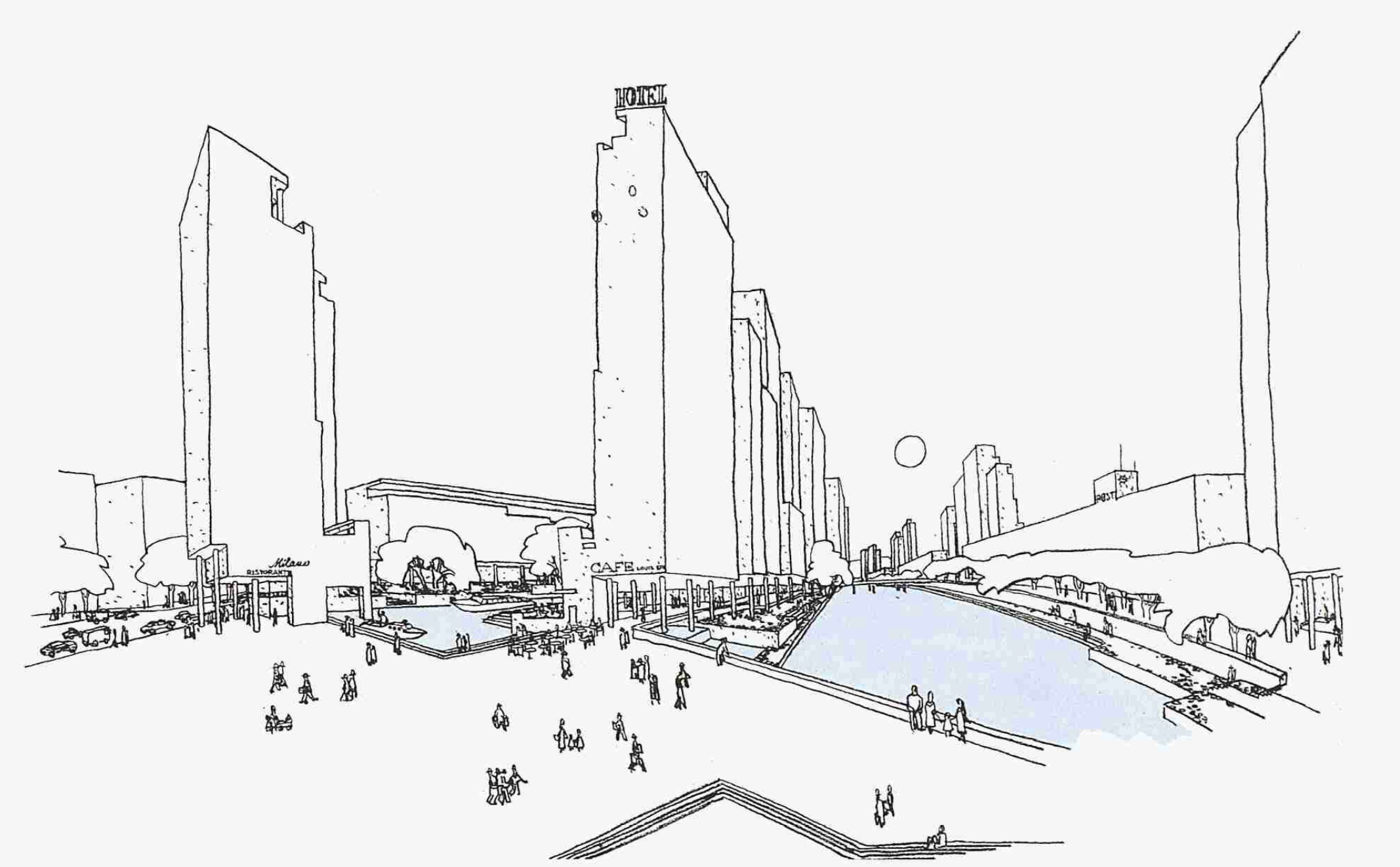
ZAS project, Sihl redevelopment
The architectural debate is always developing in waves of interests. Over and over again, young groups of architects campaign for the development of the city with a strong belief that the emerging generation can offer better solutions than the well-established professionals and specialists. After the Second World War, the scientific and technologically minded modernist movement came more and more under attack by the young and active architects of the time. In a global context the CIAM was dissolved and new groups with different focus were founded, above all Team 10. The strictly functional division of the city and the ruthless methods to achieve this were the main points of critique. The interests shifted towards social factors, to a humanist and democratic understanding of the city.
During these times various groups and associations were also founded in Switzerland. In Zürich one of the most active groups was the Zürcher Arbeitsgruppe für Städtebau - ZAS (Zürich work group for city planning). Founded in 1959, mainly by graduates from ETH Zürich who had just completed their first built projects, they were interested in the city as a democratic organisation and tried to find a synthesis of their research in a new “human city planning”. The association quickly attracted non-architects: city planners; civil engineers; a lawyer; a historian; and a biologist.
They were well connected, politically active, and some of their members were even part of the Hochbauamt Zürich. As an organisation they never radiated out of the city of Zurich, probably a consequent and conscious decision, considering their name. The ZAS was active on a local scale, not very revolutionary, but always concerned about proposing alternative solutions in concrete projects.
In 1960 one of their first projects was the campaign to protect the Fleischhalle Zürich from demolition. As a counter proposal they transformed the building, one of the last of Zürich’s typical river buildings, into a “Limmatgalerie” with a restaurant, cafe and shops. The referendum was lost but public attention for the group’s activity was sparked.
Soon after they started their second big fight, this time to prevent the infamous Ypsillon project, the connection of the two pieces of Autobahn by an elevated road over the Sihl. An alternative route over the Seebahn was proposed to keep the river free for a possible extension of the city. Through their good connections the ZAS managed to get a commission by the city of Zürich to develop plans for an alternative proposal. The interdisciplinary working group proved on one hand that the route over the Seebahn was possible and on the other hand proposed their visions for the extension of the city along the Sihl. As we know today the city could not be convinced by these plans and started the construction of the Ypsillon project, but the ZAS kept fighting and could finally prevent, along with other actors, the completion of the elevated road.
The ZAS was not only active politically, but some of their members also considerably shaped the city of Zürich with their buildings. Niklaus Kuhn built over his career more than 2000 flats, best known maybe for the Brahmshof and Limmat West. Manuel Pauli was responsible for the Rathausbrücke, the renovation of the Grossmünsterkapelle and the Helferei but also housing estates as Salzweg, and Eduard Neuenschwander built the iconic Kantonsschule Rämibühl. In the last few years some of their buildings have been or will be destroyed. As we know about the ideals of these architects, we can assume that they planned their buildings to be long-lasting, to be a part of the city of Zürich, their city with all its history. Maybe now it is time for us to think about how we can continue building with their legacy, respecting and valuing their thoughts as they valued the thoughts of the many generations before them.